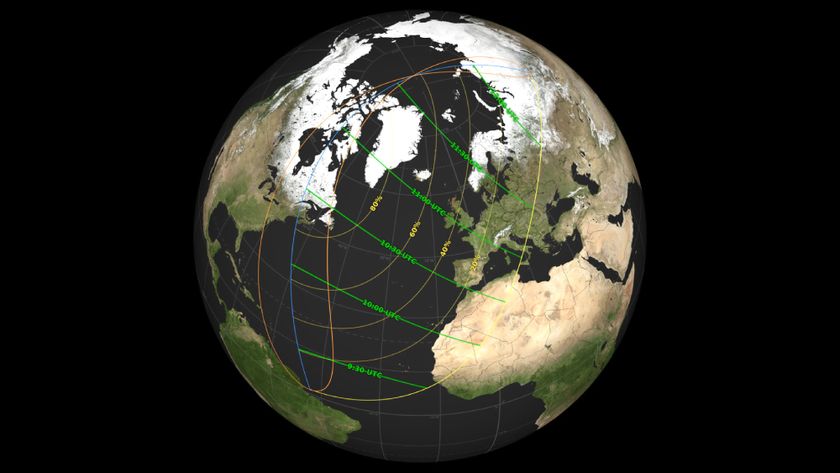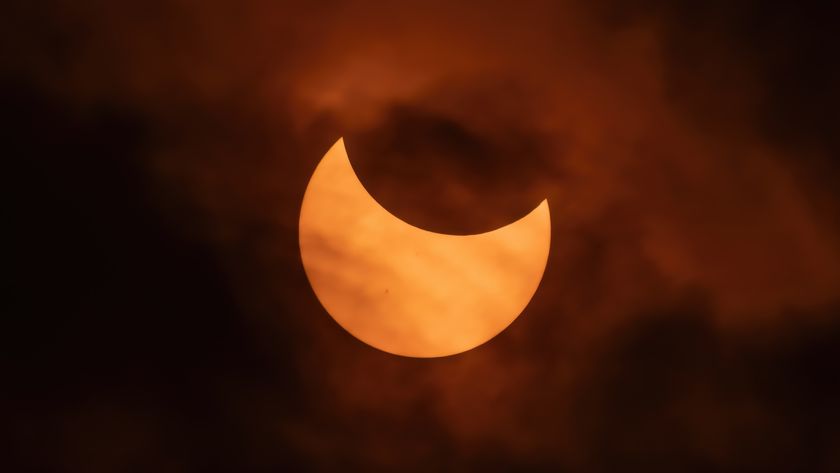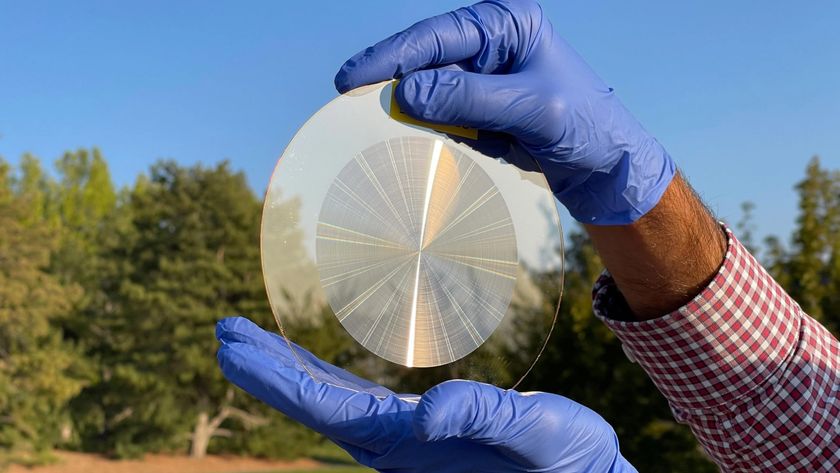Auroras possible in a dozen US states tonight as 'coronal hole' unleashes particle storm on Earth
Auroras are possible over the U.S. tonight (March 25) as a "moderate" geomagnetic storm hits Earth.
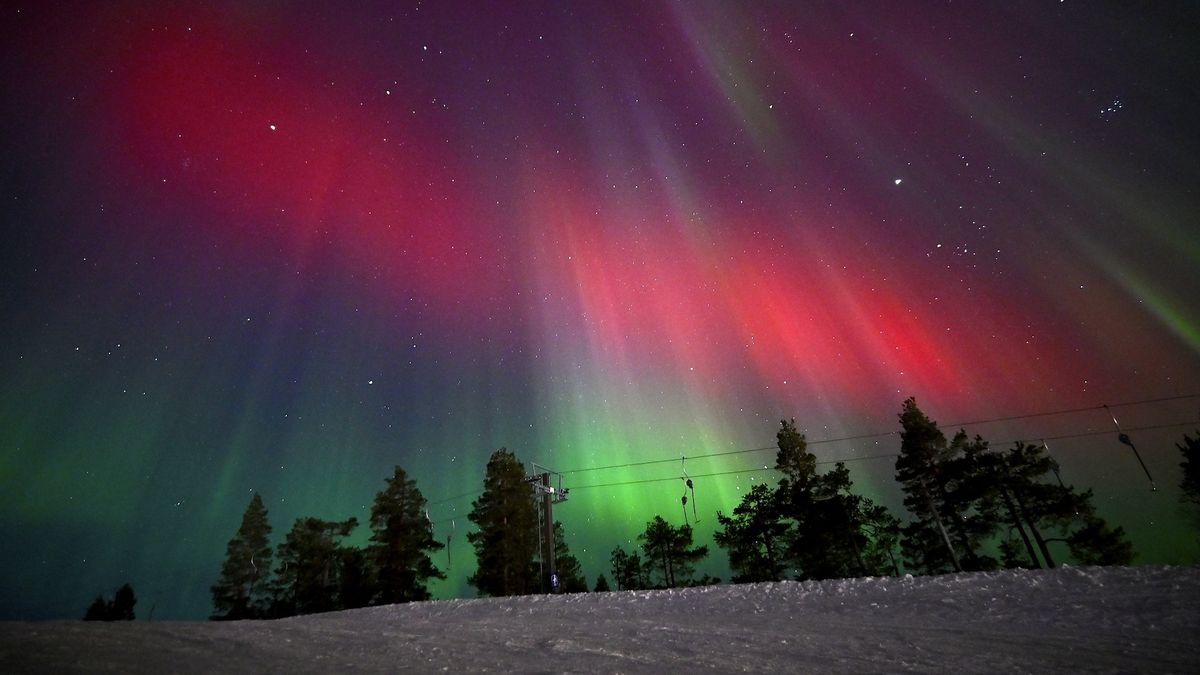
UPDATE: The Northern Lights could be visible in the U.S. tonight (March 26), appearing as far south as New York and Idaho due to a "coronal hole" sending streams of charged particles toward Earth.
The National Oceanic and Atmospheric Administration (NOAA) initally issued a G2 geomagnetic storm warning for Tuesday, March 25, which has now been extended into Wednesday (March 26).
Like hurricanes, geomagnetic storms follow a 5-point severity scale. G2 storms are considered "moderate" in strength and could cause minor technological disruptions such as radio blackouts, GPS malfunctions, and an increased chance of spotting auroras at lower latitudes than usual.
"Watches of this level are not uncommon," according to NOAA's Space Weather Prediction Center; G2-strength geomagnetic storms hit Earth about 360 days in each 11-year solar cycle. These storms can affect spacecraft orbits and cause weak power grid fluctuations at high latitudes, but they mostly cause "manageable effects to some technological infrastructure," according to NOAA.
The Space Weather Prediction Center issued the extended storm warning because a "coronal hole" on the sun is facing Earth. Coronal holes are cooler, darker regions of the sun's outermost atmosphere (the corona) that are less dense than normal, allowing high-speed solar winds — streams of charged particles — to escape from the sun and gush outward into space. Currently, one of these escaped high-speed streams is pointed directly at Earth.
Related: Powerful 'equinox auroras' may arrive soon: Why changing seasons can bring the best northern lights
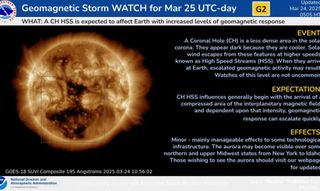
Earth's magnetic field deflects most of the solar wind, but some charged particles make it through into the upper layers of the atmosphere. When the solar wind hits Earth's atmosphere, charged particles shoot toward Earth's poles, agitating atmospheric molecules along the way and forcing them to emit energy in the form of colorful auroras.
Sign up for the Live Science daily newsletter now
Get the world’s most fascinating discoveries delivered straight to your inbox.
In October 2024, the sun reached its solar maximum period, the most active part of its 11-year cycle. During this period, the sun's magnetic poles flip, and space weather events like geomagnetic storms and solar flares occur more frequently. Scientists predict that the solar maximum will continue for at least a few more months if not longer, providing additional opportunities to spot the Northern Lights.
On Wednesday night, "the aurora may become visible over some northern and upper Midwest states from New York to Idaho," according to a statement from NOAA's Space Weather Prediction Center.
The best chances of spotting an aurora are on dark, clear nights between 10pm and 2am, far from artificial lights. You can see auroras with the naked eye, but their colors might look even more vivid through a smartphone screen.
Editor's note: This article was updated March 26 after NOAA extended its geomagnetic storm warning.

Skyler Ware is a freelance science journalist covering chemistry, biology, paleontology and Earth science. She was a 2023 AAAS Mass Media Science and Engineering Fellow at Science News. Her work has also appeared in Science News Explores, ZME Science and Chembites, among others. Skyler has a Ph.D. in chemistry from Caltech.
You must confirm your public display name before commenting
Please logout and then login again, you will then be prompted to enter your display name.
